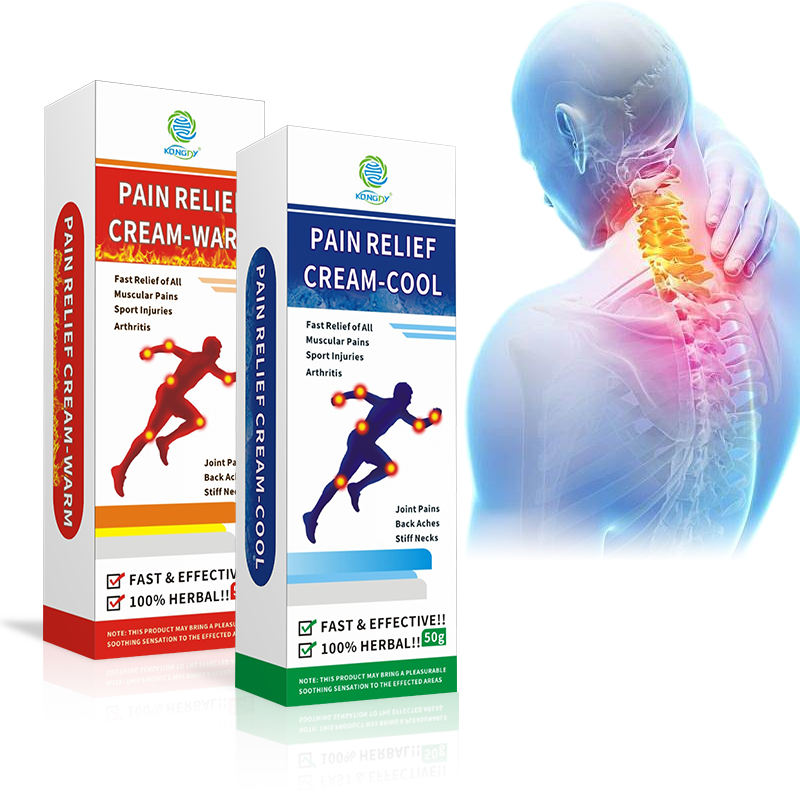Topical pain creams have gained popularity as a non-invasive alternative to oral pain medications. These formulations deliver active ingredients directly to the site of discomfort, providing targeted relief without the systemic side effects often associated with pills.
Modern pain creams typically contain one or more active ingredients that work through different mechanisms. Some common components include menthol and camphor, which create cooling or warming sensations that distract the nervous system from pain signals. Others contain salicylates, similar to aspirin, which reduce inflammation at the application site.
For those with arthritis or muscle soreness, creams containing capsaicin—a compound derived from chili peppers—can provide substantial relief. Capsaicin works by depleting substance P, a neurotransmitter responsible for sending pain signals to the brain. While initially causing a warming sensation, regular application leads to decreased pain perception over time.+

Prescription-strength options may include NSAIDs like diclofenac, or even compounds like lidocaine for numbing effects. Some specialized formulations combine multiple medications in what pharmacists call “compound creams,” customized to address specific pain conditions.
The advantages of topical pain treatments are significant. They bypass the digestive system, reducing the risk of stomach irritation and other gastrointestinal issues. They also minimize the potential for drug interactions and typically have lower systemic absorption compared to oral medications.
However, users should remain aware of potential limitations. Pain creams work best for localized pain near the skin’s surface; they may be less effective for deep-seated or widespread discomfort. Additionally, some ingredients may cause skin irritation or allergic reactions in sensitive individuals.
Before incorporating pain creams into your pain management strategy, consult with a healthcare provider, especially if you’re pregnant, nursing, or taking other medications. With proper guidance, topical pain creams can be a valuable tool in your wellness arsenal, offering targeted relief when and where you need it most.






